Affiliate Disclosure: This post contains affiliate links. As I am a part of the eBay Partner Network and other programs, if you follow these links and make a purchase, I’ll receive commission (at no cost to you). I appreciate your support!
Disclosure: I also work closely with CollX, and this content may be disseminated via the CollX app at some point. That said, all opinions, examples, experiences are entirely my own, and not shaped by any third party input or guidance.
This is not buying or investment advice. I’m simply reporting the data I’m seeing. Please do your own research and make your own decisions. Just because cards have increased in value up to this point, it doesn’t mean they will continue to do so.
I flip cards for the rush of out-smarting the market, but that edge cuts both ways. One moment you feel brilliant (like a genius), the next you’re staring at a comp that shows you sold WAY too soon.
My remedy is part pride, part competitive spirit, part process: keep refreshing the “Recently Added” feed, keep searching, and leave no stone unturned.
That mind-set fueled two flips—one driven by competitive stubbornness after “losing” upside on Jacob Misiorowski, the other by quick recognition of a scarce Wally Joyner autograph. Both started with the same reflex: refresh, scan, act.
The Misiorowski Mulligan
A couple of weeks back I sold a 2023 Bowman Chrome 1st auto of Jacob Misiorowski that I grabbed off COMC for about $30. I flipped it at $65. Easy money—I had one of the only copies on COMC and knew Misiorowski had been called up. It was only a matter of time before somebody grabbed it. And they did.
Problem is, Misiorowski’s hype train left the station and hasn’t come close to running out of steam. His 1st Bowman Chrome auto has rocketed toward $300 on eBay.
So, $30 profit on paper? Yes. Satisfaction? Not even close. I could have waited. I mean, even if he had a terrible first outing, probably could have sold for what I originally paid.
But while trying to remind myself I don’t have a crystal ball, I refused to let that sting linger. There had to be another opportunity out there.
So, I opened my custom Google search engine that sweeps only hand-picked card marketplaces. Within seconds it surfaced a 2022 Pro Debut auto at $10 + $5 shipping.
Wait. What is this sports card engine? Google allows you to “program” your own search engine, and in this case, I’ve put together a tool that, when searched, only returns sites that sell baseball cards.
Pro Debut isn’t Bowman Chrome glory, but collectors caught in Misiorowski mania were scrambling for any ink they could afford. I bought it on the spot, listed it for $94 with Best Offer when I got it in hand, then sent a twenty-percent discount to early watchers.
Overnight it sold at $75, leaving roughly $50 after fees. Add that to the original flip and the “loss” turned into an $80 net gain—all because I refused to accept good when great was still on the table.
From Top Prospect to Forgotten Angel
I’ve talked about COMC a lot lately because it keeps delivering. This time, while not a hundred-dollar-Rickey, a pretty cool find for someone like me: 2014 Panini Immaculate Collection Autographs #21 Wally Joyner, numbered 47/49.
It is unlicensed, sure, but featured a name most modern collectors scroll past.
Yet three facts stopped me cold:
Scarcity. Joyner’s signatures rarely surface, and a print run under fifty shrinks supply even further. I don’t think I’ve seen him in a product over the last 10 years, but I could be wrong.
No live comps. A broad eBay search showed zero listings and zero recent sales for this card.
Historical floor. The last Immaculate Joyner - an even tougher /5 parallel - sold back in 2023 for $26.25. That said, three sales of different 2014 Immaculate card of his (a horizontal /75) had bounced between a dollar and eighteen, but this one was vertical and far cleaner.
It was a $10.20 card, so not a huge risk, but I just had a good feeling about it. I hit “buy,” parked it in my inventory, and listed at $39. When I woke up the next day, the card had sold.
After COMC fees, I was credited $37.05 for the sale (and again, if I want to withdraw that amount, it’s another $3.70, leaving me with a tidy profit of about $23 for a few clicks and one sleep.
What These Two Flips Prove
Stubbornness has value. Selling the Misiorowski early irritated me, but that irritation pushed me to hunt a rebound and score a bigger win. It’s a slippery slope, though, so be careful—you don’t want to rush out making high-dollar expensive buys and crossing fingers that the card keeps exploding in value. This was a $15 purchase I was fairly certain would work out.
Scarcity plus sentiment moves cardboard. Misiorowski’s upside stoked prospect FOMO even with a lesser card; Joyner’s autograph tugged at 90s nostalgia. Both motivators unlock wallets.
When comps are absent, you write the price. Confidence sets the ceiling when you’re the only listing in sight. I picked $39 for the Joyner rather arbitrarily, but not too high to where it wouldn’t have a chance to move quickly.
Speed matters only with context. Refreshing works because I already know which players, sets, and serial numbers deserve instant action. Keep learning!


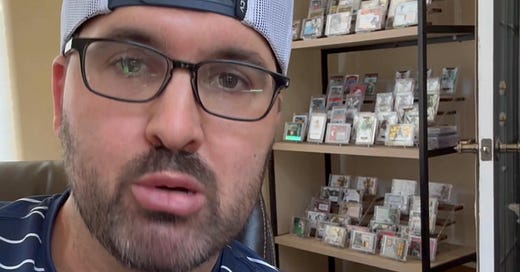





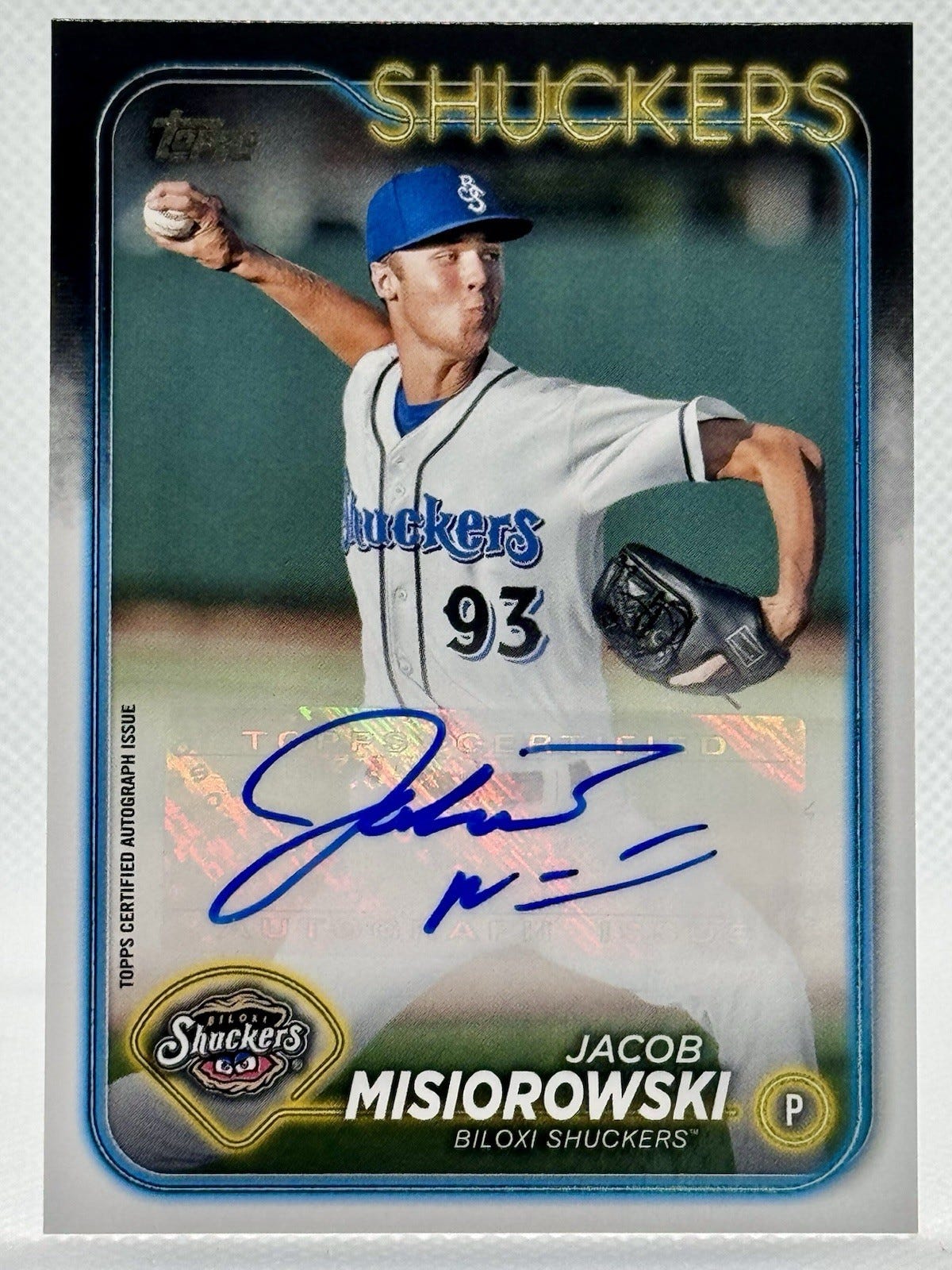
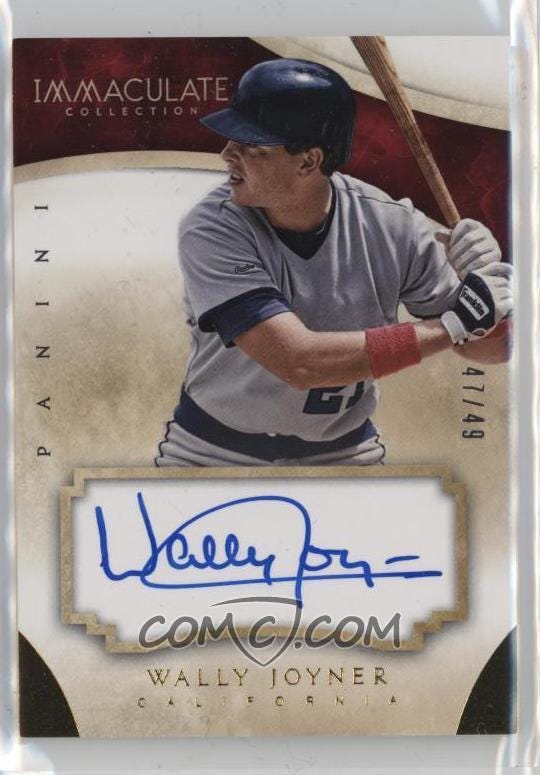



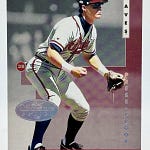

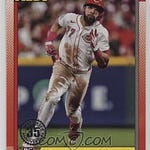
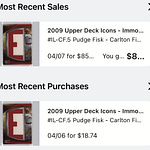

Share this post